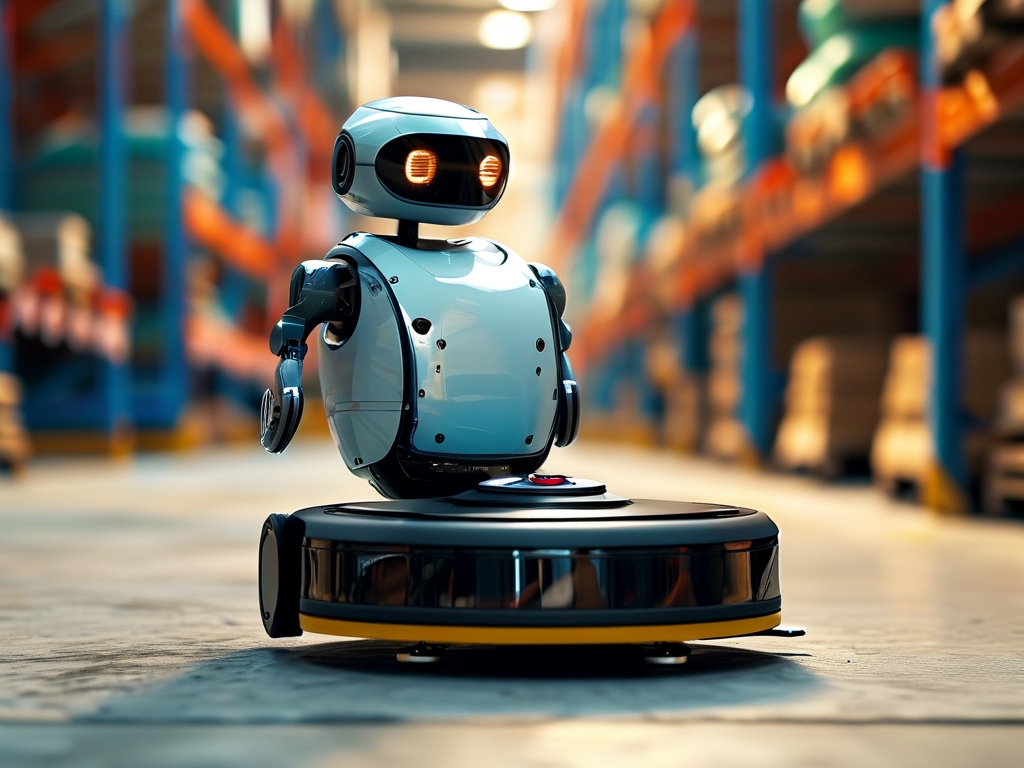The global demand for smart cleaning solutions has surged in recent years, driven by advancements in robotics and artificial intelligence. Among these innovations, robotic mops have emerged as a game-changer in residential and commercial cleaning. This article explores the cutting-edge production technologies behind robotic mops, their design challenges, and their transformative impact on the cleaning industry.
1. The Anatomy of a Robotic Mop
Modern robotic mops integrate mechanical engineering, sensor technology, and AI-driven software. Key components include:
- Modular Cleaning Mechanisms: Advanced models use oscillating or rotating pads paired with microfiber materials to optimize dirt removal.
- Precision Sensors: LiDAR, infrared, and pressure sensors enable navigation, obstacle avoidance, and surface detection.
- Smart Water Dispensing Systems: Micro-pump technology ensures controlled water distribution to prevent over-wetting.
Production begins with 3D-printed prototypes to test ergonomics and functionality. High-grade plastics and corrosion-resistant alloys are then selected for mass manufacturing.
2. Automation in Assembly Lines
Robotic mop production relies heavily on automated systems to ensure consistency and scalability. Key processes include:

- PCB Integration: Automated pick-and-place machines assemble circuit boards that power navigation and connectivity features.
- Sensor Calibration: AI-guided systems fine-tune LiDAR and camera modules to millimeter-level accuracy.
- Quality Assurance: Computer vision systems inspect finished units for defects, such as misaligned brushes or faulty seals.
Factories increasingly adopt collaborative robots (cobots) to handle delicate tasks like battery installation, reducing human error by 40%.
3. AI and Machine Learning in Production
AI plays a dual role in both manufacturing and product functionality:
- Predictive Maintenance: Machine learning algorithms analyze equipment data to preempt assembly line failures.
- Adaptive Cleaning Algorithms: Post-production, robots use reinforcement learning to optimize cleaning paths based on user habits.
Notably, manufacturers like iRobot and Ecovacs now employ digital twins—virtual replicas of physical robots—to simulate performance under diverse conditions before mass production.
4. Sustainability Challenges and Solutions
Critics highlight environmental concerns, particularly regarding battery waste and plastic usage. Innovations addressing these issues include:
- Modular Design: Easily replaceable parts extend product lifespans.
- Biodegradable Materials: Startups like RoboEarth now use plant-based polymers for non-critical components.
- Closed-Loop Recycling: Companies such as Samsung leverage robotic disassembly systems to recover 98% of materials from retired units.
5. Market Trends and Future Outlook
The robotic mop market is projected to grow at a CAGR of 12.3% through 2030, fueled by smart home adoption. Emerging trends include:
- UV-C Sterilization Integration: Post-pandemic demand for germ-killing features.
- Swarm Robotics: Multi-unit systems for large-scale commercial cleaning.
- 5G Connectivity: Real-time firmware updates and cloud-based diagnostics.
However, challenges persist, such as high production costs (averaging $120/unit) and regulatory hurdles for cross-border data usage in AI systems.
Robotic mop production represents a fusion of mechanical ingenuity and digital intelligence. As manufacturers prioritize sustainability and AI customization, these devices will evolve from niche gadgets to household essentials. The next decade will likely see robotic mops becoming as ubiquitous as vacuum cleaners, reshaping our relationship with domestic labor.

Word count: 1,023

